How to Care for Vietnamese Mint: 4 Key Tips for Fresh and Spicy Leaves
If you're reading this, you've probably discovered the magical flavor of Vietnamese mint and want to grow your own supply. That distinctive spicy kick with hints of citrus and pepper can transform your pho, spring rolls, and salads from good to extraordinary. But keeping this herb thriving might feel mysterious if you're new to growing Southeast Asian herbs.
Don't worry! Vietnamese mint (Persicaria odorata) is surprisingly easy to grow once you understand its basic needs. Unlike regular mint, it has unique requirements that mimic its natural tropical habitat. Whether you're growing it in pots or garden beds, these four essential tips will ensure you have a constant supply of fresh, pungent leaves for all your culinary adventures.

Understanding Your Plant's Natural Habitat
Before we dive into specific care tips, it helps to understand where Vietnamese mint originates. This herb thrives in the warm, humid conditions of Southeast Asia, where it grows naturally along waterways and in moist soil. Recreating elements of this environment is key to your success.
Unlike many Mediterranean herbs that prefer dry conditions, Vietnamese mint loves consistent moisture and can even grow in partially submerged conditions. Its lance-shaped leaves with distinctive purple markings contain the essential oils that give it that signature aroma and flavor. When happy, this plant grows vigorously, producing abundant leaves for harvesting.
Tip 1: Perfecting the Watering Routine
Water management is arguably the most critical aspect of Vietnamese mint care. This herb absolutely thrives in moist conditions but suffers in both drought and waterlogged soil.
The ideal approach is to keep the soil consistently damp like a well-wrung sponge. Check the soil daily by inserting your finger about an inch deep. If it feels dry, it's time to water. During hot summer months, this might mean daily watering, while in cooler seasons, you might water every 2-3 days.
Container-grown Vietnamese mint requires extra attention to drainage. Ensure your pots have adequate drainage holes, and use a well-draining potting mix enriched with organic matter. A great trick is to place a saucer beneath the pot and keep it filled with water during hot weather, allowing the plant to draw up moisture as needed. This technique mimics the plant's natural preference for moist conditions without waterlogging the roots.
Signs of improper watering include:
- Wilting or drooping leaves (underwatering)
- Yellowing leaves starting from the bottom (overwatering)
- Stunted growth (either extreme)
Tip 2: Providing the Right Growing Conditions
Light Requirements Vietnamese mint performs best with 4-6 hours of morning sunlight followed by dappled afternoon shade. In hotter climates, protection from intense afternoon sun prevents leaf scorching. If growing indoors, an east-facing window is perfect, or a south-facing window with some filtration.
Watch for these light-related signs:
- Leggy growth with large spaces between leaves (insufficient light)
- Pale or bleached leaves (too much direct sun)
- Slow growth (inadequate light)
Temperature and Humidity As a tropical plant, Vietnamese mint prefers temperatures between 65-85°F (18-29°C). It begins to struggle when temperatures drop below 50°F (10°C). If you live in a climate with cold winters, grow your mint in containers that can be brought indoors before the first frost.
This herb appreciates humidity levels of 50% or higher. In dry climates or heated indoor spaces, increase humidity by:
- Grouping plants together
- Using a pebble tray filled with water
- Misting the leaves regularly
- Running a humidifier nearby
Soil and Fertilization Vietnamese mint isn't particularly fussy about soil pH but prefers slightly acidic to neutral conditions (6.0-7.0). The most important factor is soil that retains moisture while draining adequately. A good mix includes:
- 2 parts potting soil
- 1 part compost
- 1 part coco coir or peat moss for moisture retention
- Handful of perlite for drainage
Feed your plant every 4-6 weeks during the growing season with a balanced organic fertilizer. Alternatively, use a slow-release fertilizer at the beginning of the season. Avoid over-fertilizing, which can lead to excessive leaf growth with diminished flavor.
Tip 3: Proper Harvesting Techniques for Continuous Growth
Harvesting correctly ensures your plant remains productive for months. The golden rule: never remove more than one-third of the plant at once.
For the most flavorful leaves, harvest in the morning after the dew has dried but before the heat of the day. This is when the essential oils are most concentrated.
Use clean, sharp scissors to cut stems just above a leaf node (where leaves emerge from the stem). This encourages bushier growth as new stems will sprout from these points. Regular harvesting actually promotes more vigorous growth, so don't be shy about using your mint often!
If you need a large harvest, cut stems back to about 4-6 inches above the soil, leaving several leaf nodes intact for regrowth. Your plant should bounce back within 1-2 weeks with proper care.
Tip 4: Managing Pests and Problems Organically
Vietnamese mint is relatively pest-resistant due to its strong aroma, but occasionally encounters issues:
Common Pests:
- Aphids: Blast with water or use insecticidal soap
- Spider mites: Increase humidity and spray with neem oil
- Whiteflies: Yellow sticky traps and horticultural oil
Disease Prevention: The main diseases affecting Vietnamese mint are fungal issues like powdery mildew and root rot. Prevent these by:
- Ensuring good air circulation around plants
- Watering at the base rather than overhead
- Avoiding overcrowding
- Removing affected leaves immediately
Seasonal Care Considerations
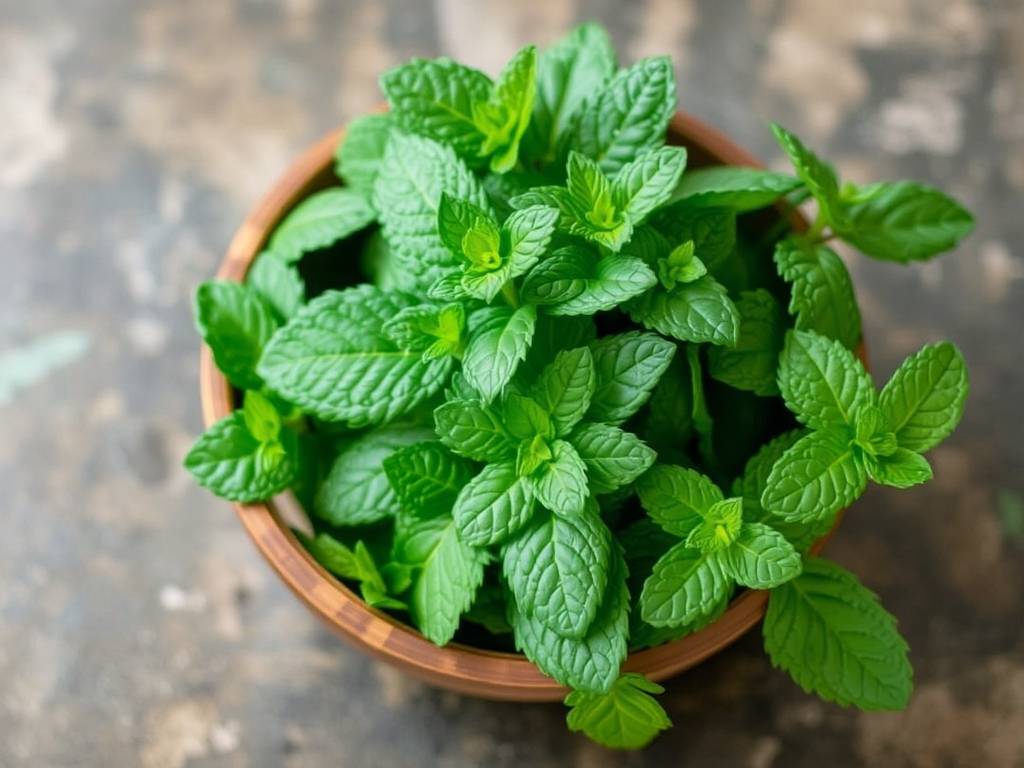
Spring: As temperatures warm, resume regular feeding and increase watering frequency. This is an ideal time to divide overcrowded plants or take cuttings to propagate new plants.
Summer: Monitor moisture levels closely during heat waves. Provide afternoon shade in extremely hot climates. Harvest regularly to encourage fresh growth.
Fall: Reduce feeding as growth slows. Prepare to bring container plants indoors before temperatures drop below 50°F (10°C).
Winter: Indoor plants may grow more slowly. Reduce watering but maintain humidity. Rotate plants for even light exposure. Outdoor plants in frost-free areas may die back but often return in spring.
Propagating for Endless Supply
The great news about Vietnamese mint is how easily it propagates. You can create new plants through:
Stem cuttings: Place 4-6 inch cuttings in water until roots develop, then transplant.
Division: Carefully separate established plants, ensuring each division has roots and stems.
Both methods have nearly 100% success rate with this vigorous grower, meaning you'll never need to buy Vietnamese mint again!
Troubleshooting Common Issues
-
Leggy growth: Usually indicates insufficient light. Move to a brighter location or supplement with grow lights.
-
Yellow leaves: Overwatering is the most common cause. Check soil moisture and adjust your watering schedule.
-
Poor flavor: Often results from overfertilization, insufficient light, or harvesting at the wrong time.
-
Slow growth: Check temperature, light, and nutrient levels. The plant may be root-bound if container grown.
Enjoying Your Harvest
Fresh Vietnamese mint leaves are fantastic in:
- Vietnamese pho and other noodle soups
- Fresh spring rolls and salads
- As a garnish for grilled meats and seafood
- Blended into sauces and marinades
- Infused in drinks and cocktails
For storage, keep stems in a glass of water (like flowers) in the refrigerator, changing water every few days. Alternatively, wrap in damp paper towels and place in a sealed container in the crisper drawer.
Final Thoughts
Growing vibrant, flavorful Vietnamese mint is incredibly rewarding once you master these four key elements: consistent moisture, appropriate growing conditions, proper harvesting, and proactive pest management. This versatile herb will thrive with your care, providing an endless supply of those distinctive spicy leaves that make Southeast Asian cuisine so memorable.
Remember that gardening is a learning process. Observe how your plant responds to your care adjustments, and don't be discouraged by minor setbacks. With these tips, you're well on your way to becoming a Vietnamese mint growing expert, ready to enhance your culinary creations with homegrown, fresh-picked flavor.
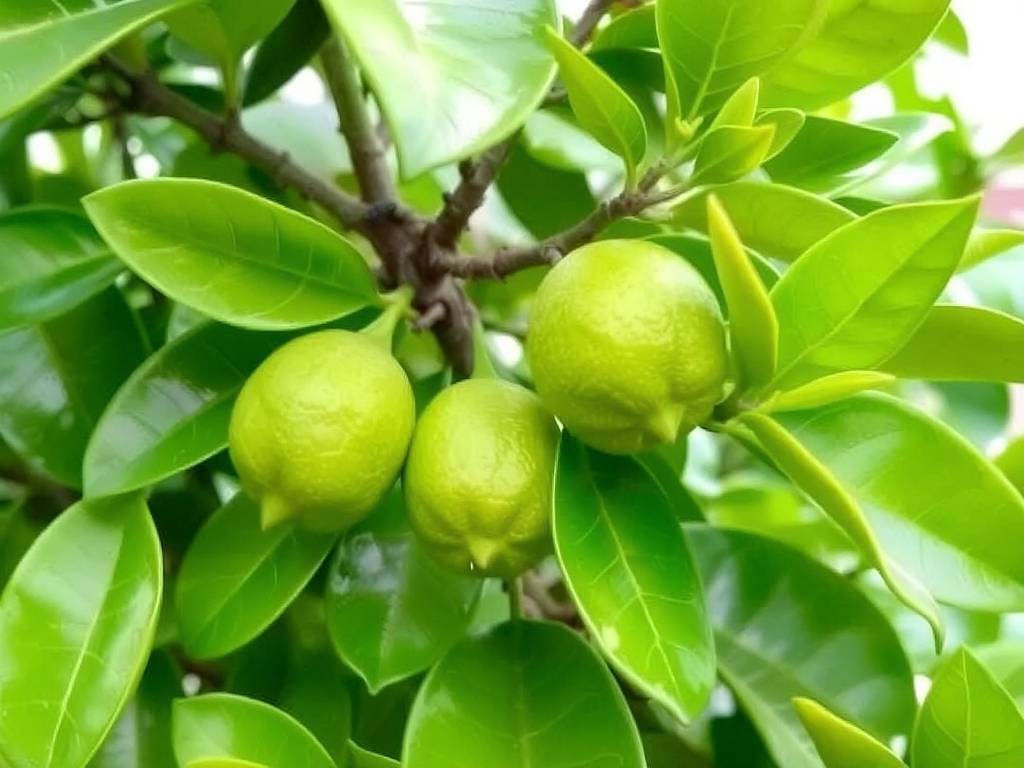
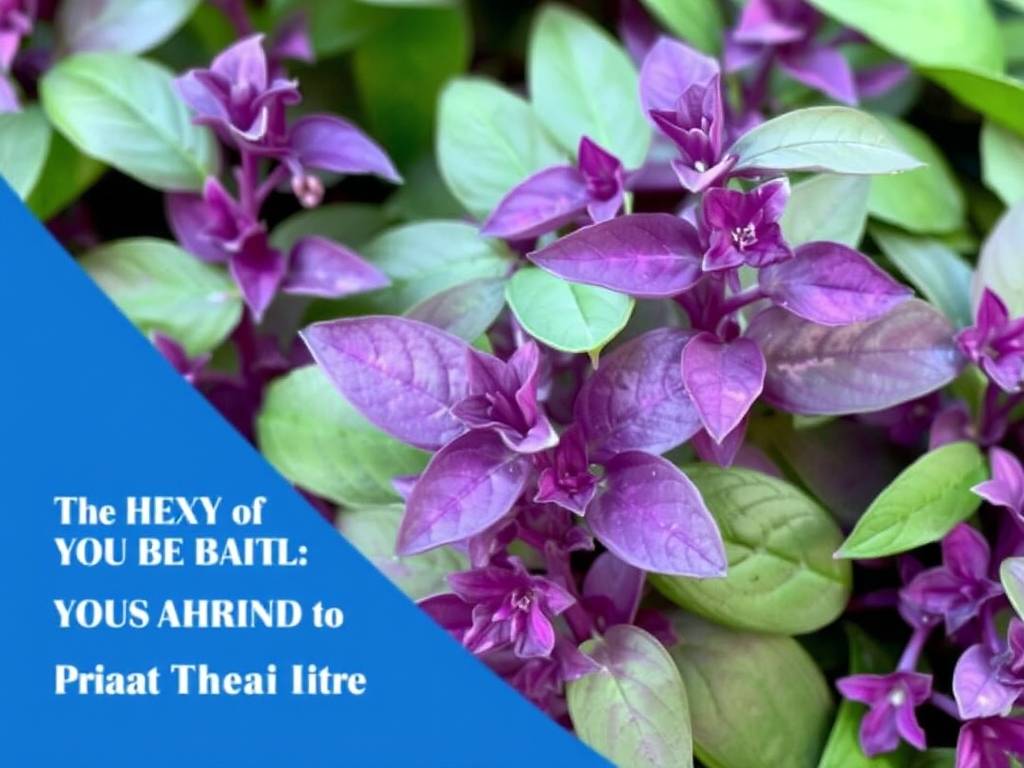
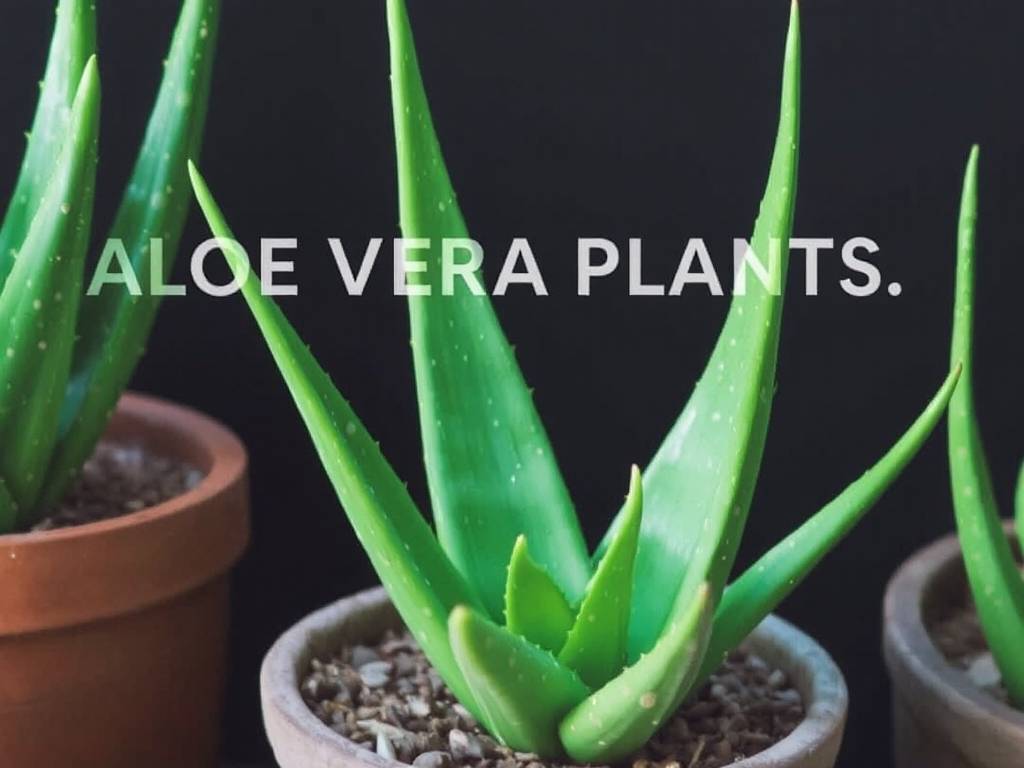
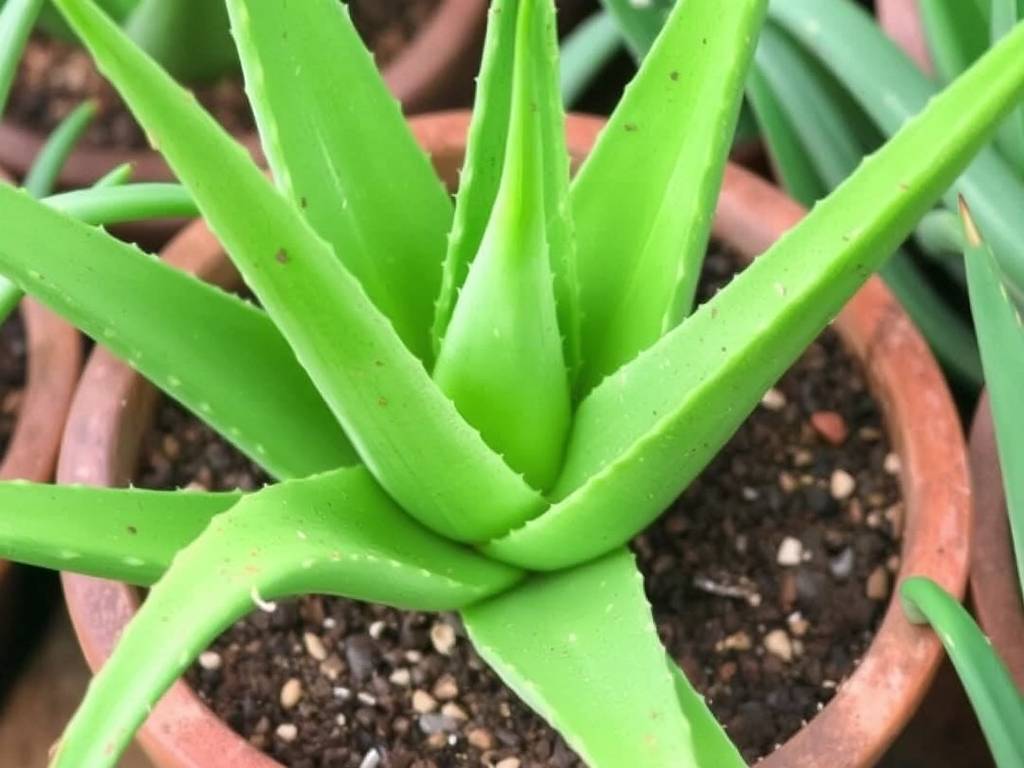
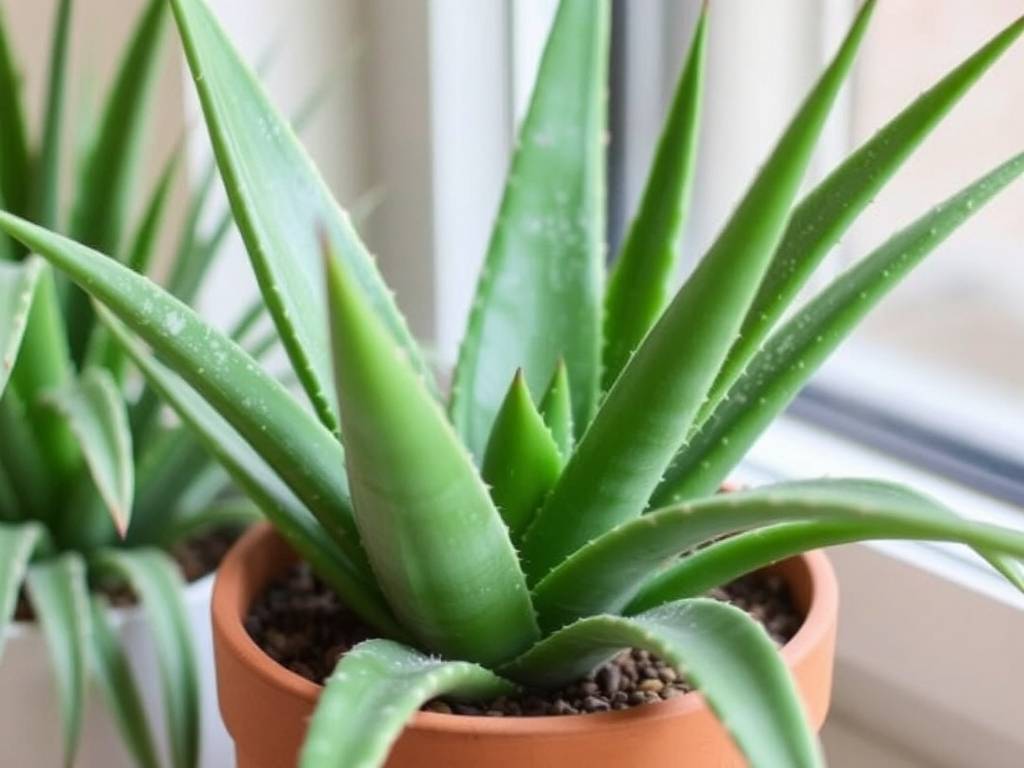
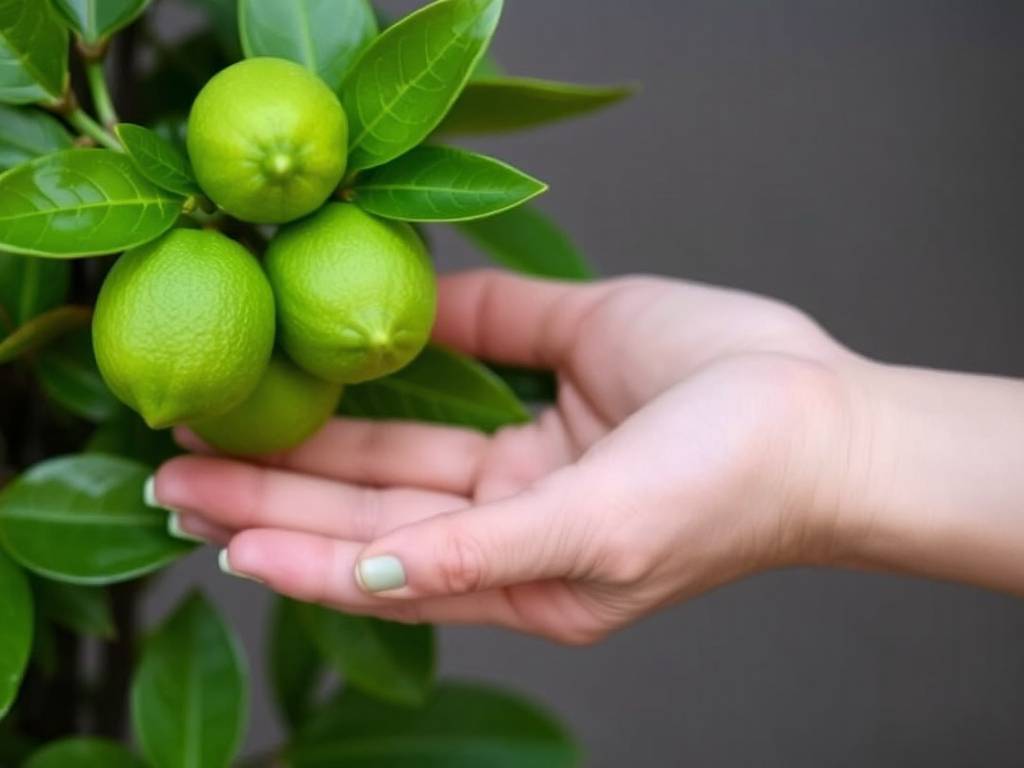
发表评论